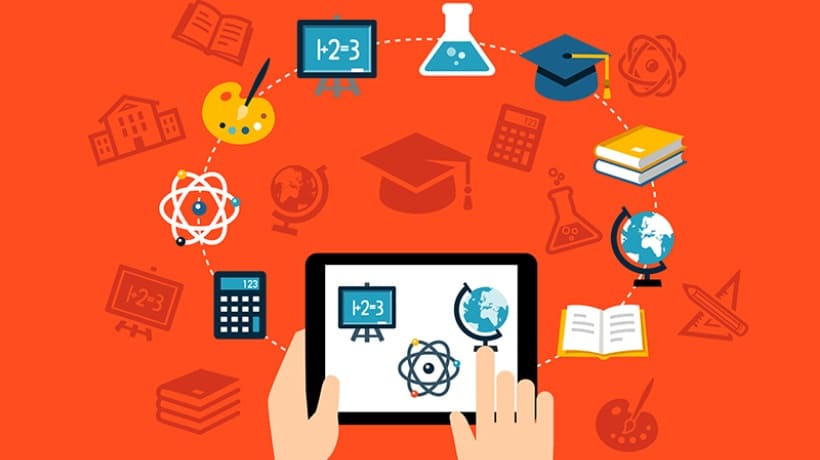


As education evolves in the digital age, gamification in education apps is emerging as a powerful innovation—enhancing flexibility, boosting engagement.
In an increasingly digital world, education is undergoing a transformation like never before. Traditional classrooms are being supplemented—and sometimes replaced—by digital platforms that offer more flexibility and accessibility. Among the most impactful innovations in this shift is gamification in education apps. By integrating game-like elements into learning environments, developers and educators are discovering new ways to boost student motivation and retention. This approach is no longer a trend but a vital feature in building effective learning tools. As a leading education app development company, understanding why gamification matters is critical to delivering impactful education app development solutions.
Gamification involves applying game design elements such as points, leaderboards, badges, challenges, and rewards to non-game contexts—in this case, learning. When thoughtfully integrated into educational content, these elements make learning more engaging, competitive, and rewarding.
One of the biggest challenges in education—especially in digital formats—is maintaining student attention. Gamification addresses this issue by turning passive learning into an interactive experience. When students are engaged through levels, challenges, or scoreboards, they are more likely to continue learning. This is especially true for younger students who respond well to visual feedback and rewards.
Research shows that people retain information better when it’s presented in a fun and interactive way. Gamified elements like quizzes, puzzles, and problem-solving games encourage repetition and active recall, which are essential for long-term memory retention. Instead of rote memorization, students learn through doing—a method proven to increase comprehension.
Leaderboards and achievement badges create a sense of competition that can be highly motivating. Students are encouraged to outperform themselves and others, which increases time spent on the platform. This competitive edge works particularly well in group learning or classroom settings where progress can be compared.
Through custom education app development solutions, developers can design systems that foster both individual achievement and team-based competition, creating a well-rounded learning ecosystem.
Gamification also allows for tailored learning experiences. By tracking user behavior, education apps can adjust content difficulty, suggest areas for improvement, and provide rewards based on personal progress. This level of customization ensures that students remain neither bored nor overwhelmed, which is key to maintaining engagement.
One of the main goals of any education app is to build daily learning habits. Gamification plays a vital role in this by offering daily challenges, streak bonuses, and reward systems that encourage frequent use. This approach turns learning into a habit, which is crucial for academic improvement.
When students receive immediate rewards for their efforts, they feel a sense of accomplishment. Even small achievements like unlocking a new level or earning a badge can have a significant motivational impact. This sense of progress motivates learners to keep going, turning short-term goals into long-term achievements.
Many gamified education apps include features that allow students to collaborate, challenge friends, or join learning communities. This social interaction fosters a sense of community and makes learning more enjoyable. Students can learn from each other, discuss topics, and celebrate milestones together, thereby enhancing the overall learning experience.
If you’re planning to create a gamified education app, here are some essential features you should consider:
Progress Bars & XP Levels
Visually show learners how far they’ve come and what they’ve achieved.
Badges & Achievements
Offer recognition for specific accomplishments, like completing a course or mastering a skill.
Quests & Challenges
Turn lessons into missions that can be unlocked and completed over time.
Leaderboards
Motivate users through competition by ranking performance in real-time.
In-App Rewards
Incentivize users with digital tokens, certificates, or even discounts on courses.
Interactive Quizzes & Flashcards
Engage users with bite-sized, fun content that enhances learning.
Gamification is more than just a buzzword in educational technology—it’s a powerful tool for increasing student engagement, motivation, and retention. Whether you are a school, university, or startup, integrating gamified elements into your platform can significantly enhance the learning experience.
